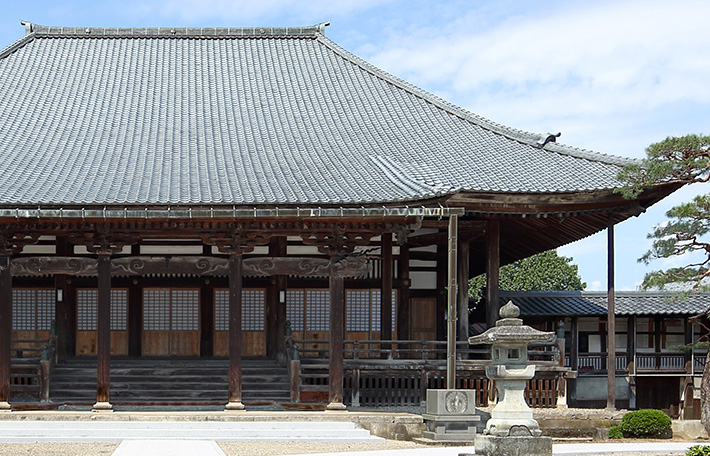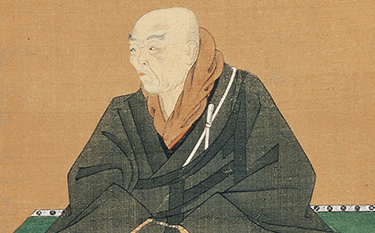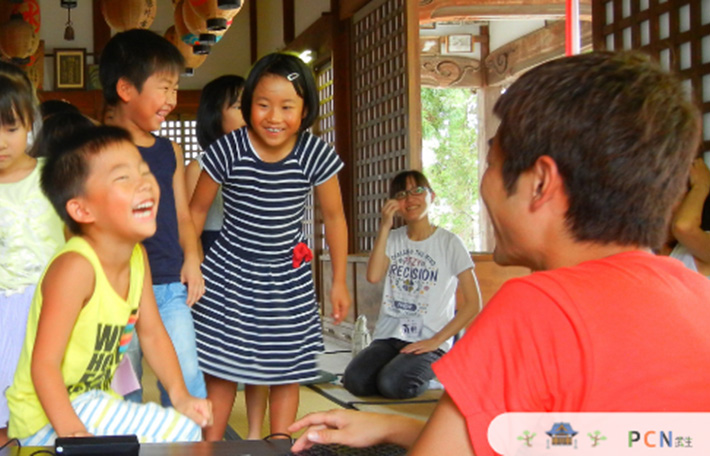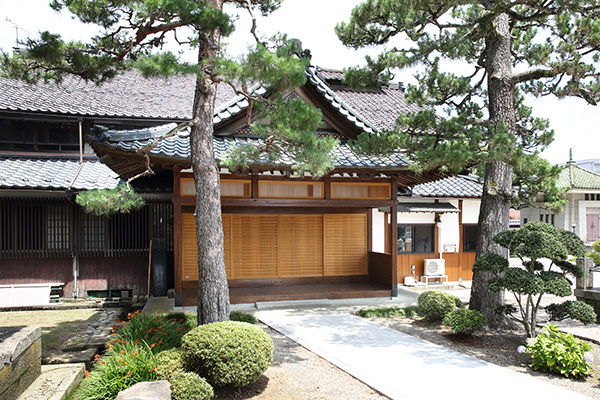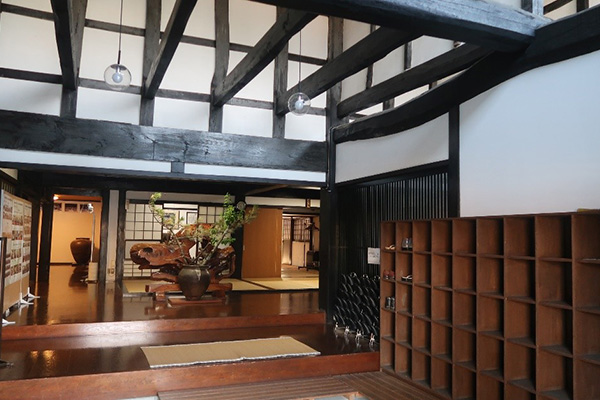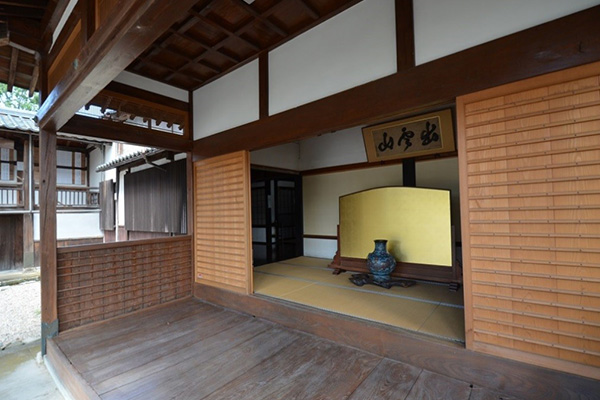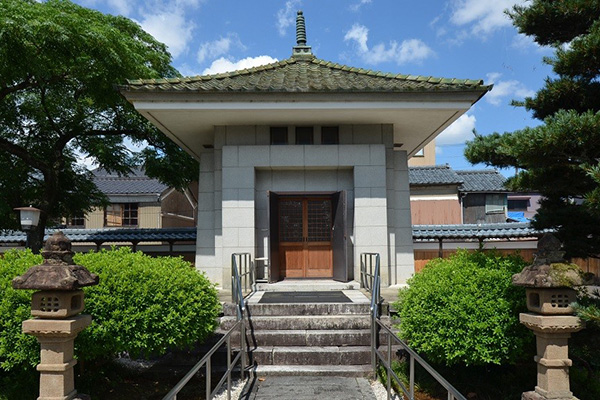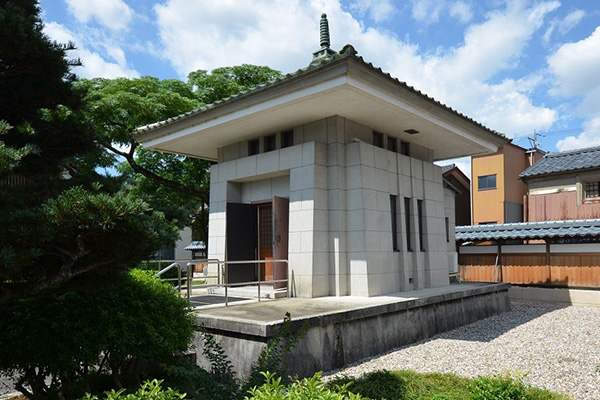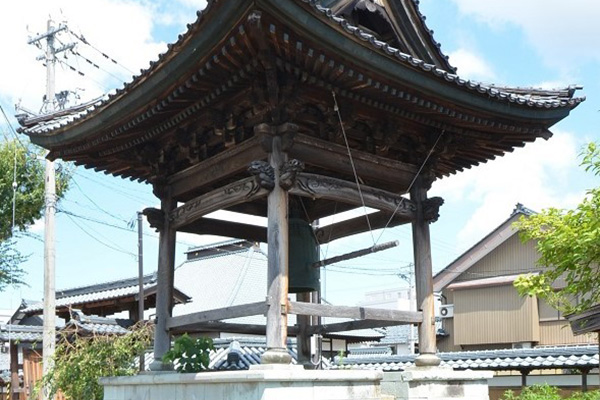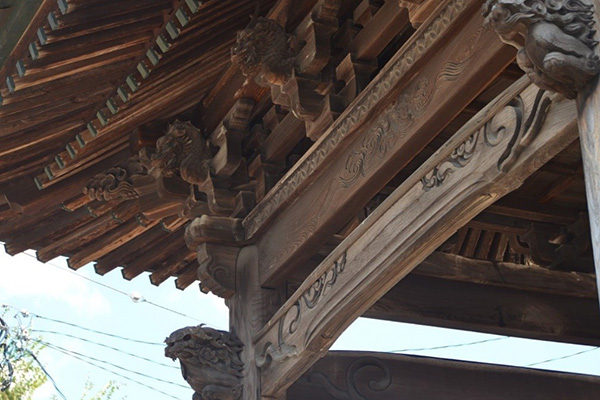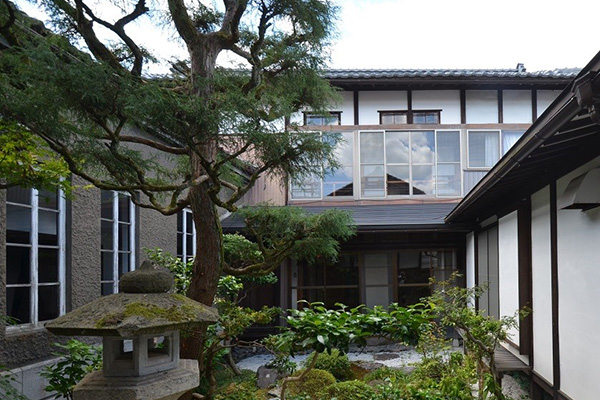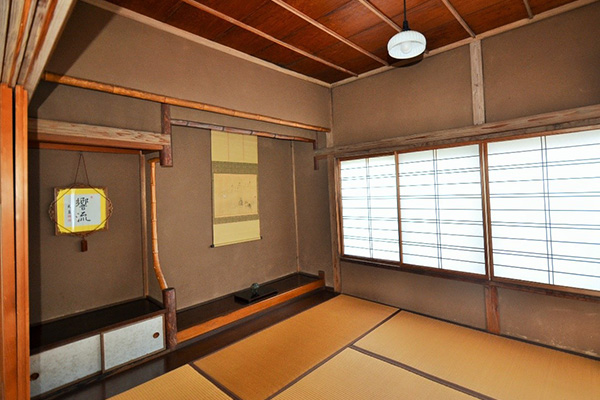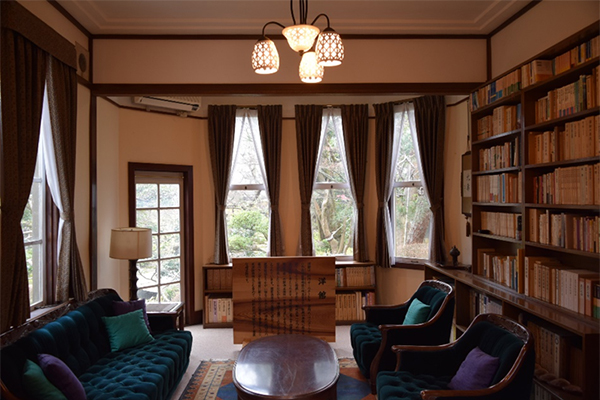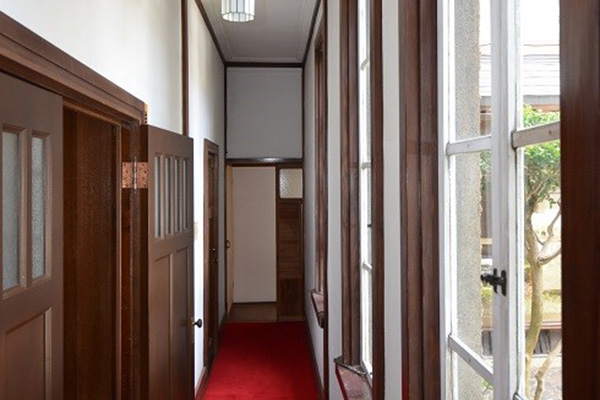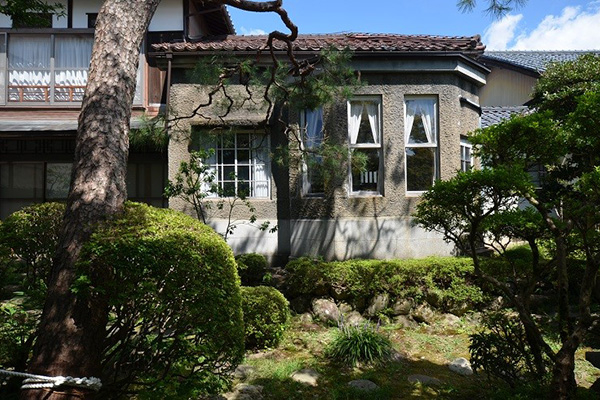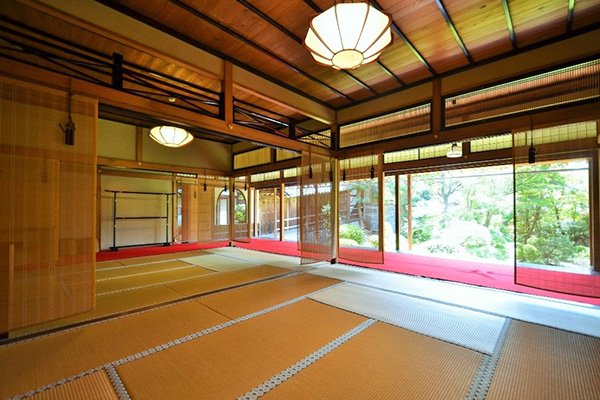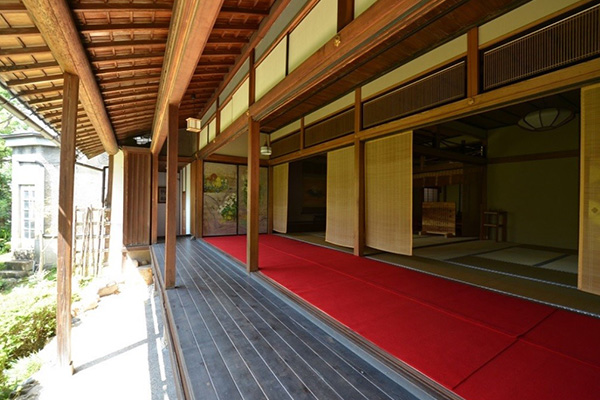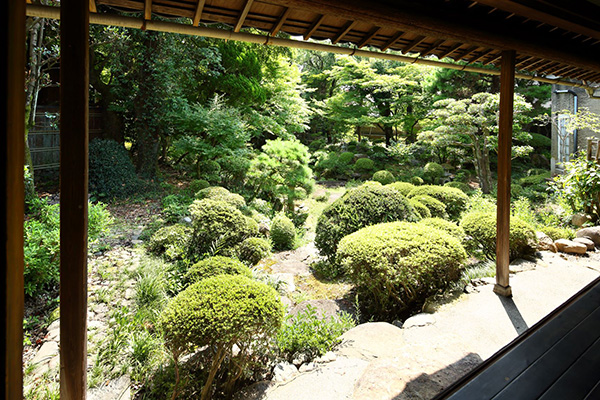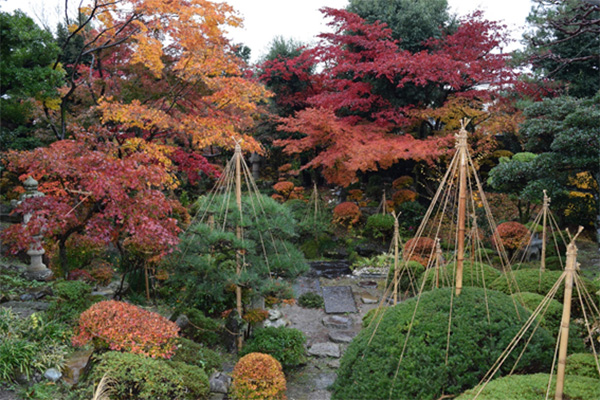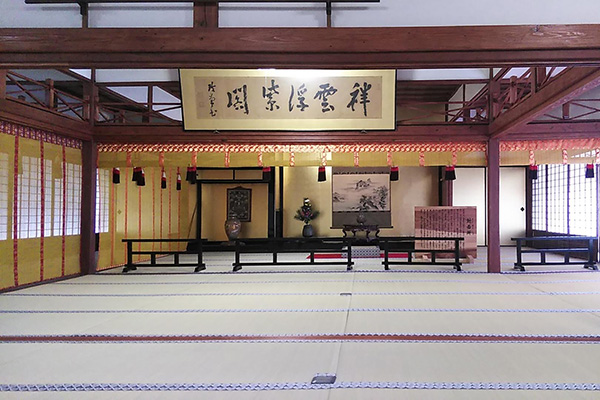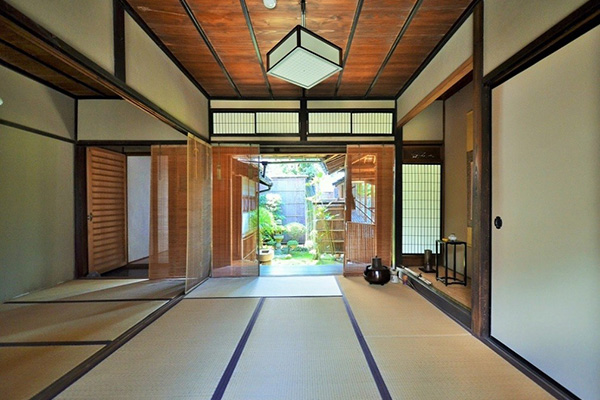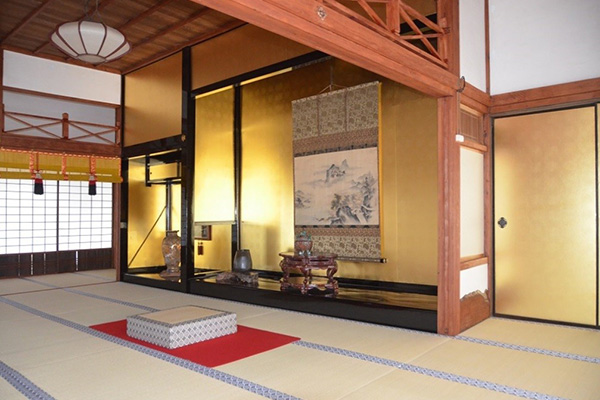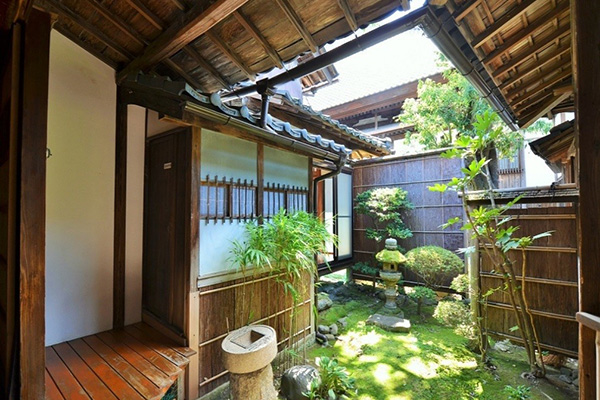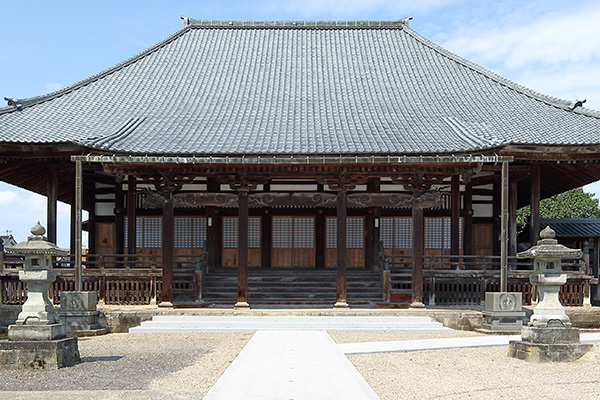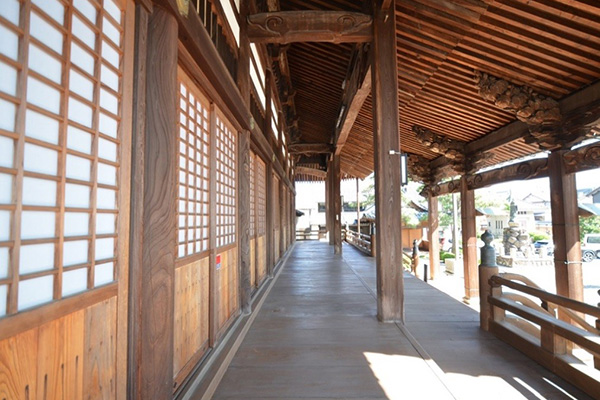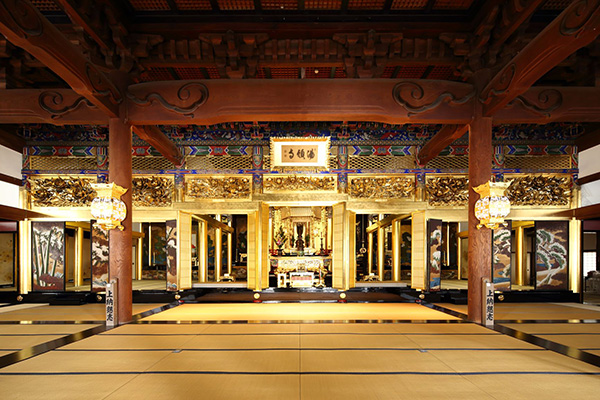- HOME
- Yōganji Temple

Yōganji Temple
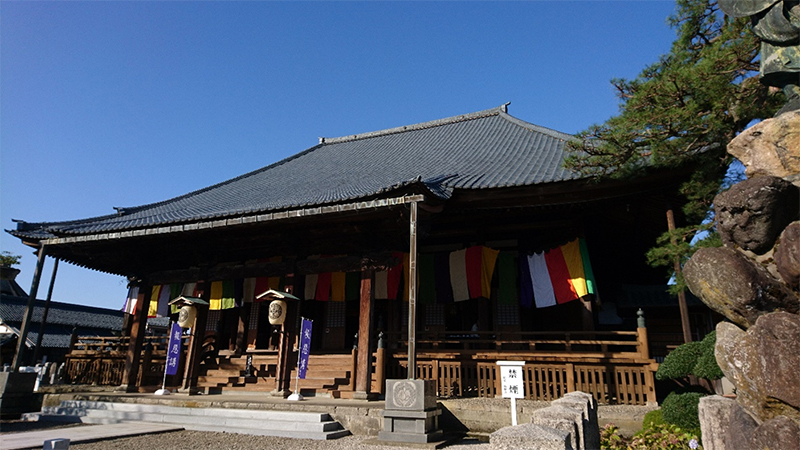
Mido (Main Hall)
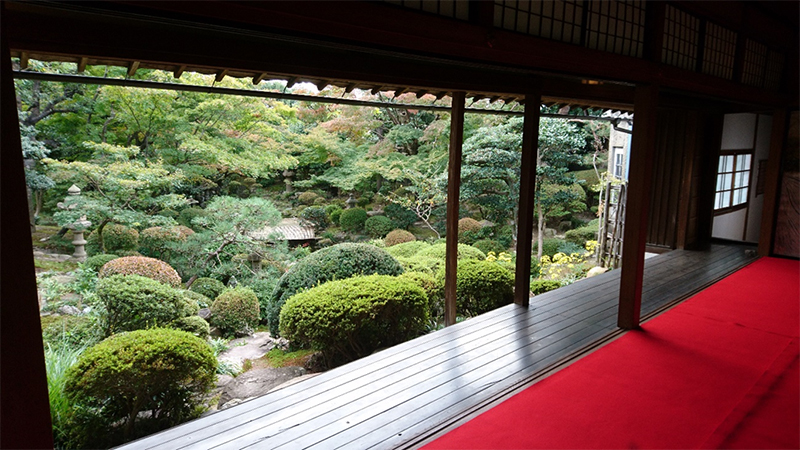
Goten Garden
(special garden made just for people in Goten)
History of Yōganji
Guide
The history of Yōganji starts in the late 15th century. In 1471, Zenchin Shonin (head minister of Goshoji temple) met Rennyo Shonin (1415-1499), the prominent 8th generation head minister of Hongwaji, as he descended to Echizen (currently Fukui prefecture) region.
Zenchin Shonin received guidance from Rennyo Shonin and established a temple at Iwasaki Hirose-mura in Nanjo-gun (currently Okamoto-cho, Echizen-shi).
The name Yōganji was given by Rennyo Shonin. “Ji” means temple. “Yōgan” consists of two kanji characters. “Yō” means true and right teaching and “gan” means vow.
In 1499, following the passing of Rennyo Shonin, his successor Jitsunyo Shonin (the 9th generation head minister of Hongwanji) sent Zenchin Shonin Rennyo Shonin‘s “ashes” and Jitsunyo Shonin’s “Shosoku”(letter). The letter stated that if you (Zenchin) receive my (Rennyo’s) ashes and recall me, my wish goes to you strengthening the Jodo Shinshu teaching in Echizen region. Today “Shosoku” is designated as cultural property of Echizen city.
In 1959, Aoki Kīnokami, a load of Fuchu castle, donated current land to Yōganji temple.
Two years later, the 12th generation head minister of Hongwanji, Junnyo Shonin, sent a letter. The letter indicated Yōganji shall be certified as “inge temple”. The temple also received a status as “soroku” (main temple) in the region. Thus the temple shall be called “Mido” (“mi” is honorific prefix for “do (temple)”). Since then Yōganji has been well recognized as “Mido” or “Gobo” (“go”is honorific prefix for “do”) in Echizen. It has prospered as important religious institution in the community for many years.
In the late 18th century, Yōganji received the tablet of late 115th Emperor Sakuramachi’s name is written and the crown of 118th Emperor Kōkaku. In 1911, The temple is designated as Bekkakuji (special title given to the temple).
The fire occurred in Koshin-cho burned the temple in 1852. Many architectures of Yōganji including main temple building (“Mido”) were also caught by fire. The temple was rebuilt with tremendous support from members from all over the country.
The rebuilding process of main temple building began in 1856. It is large and elegant structure with wing-like style roof. The surrounding area of Mido has striking appearance with beautiful nature and garden. It is widely recognized as important landscape and scenery in the community.
Other buildings are also found in the temple. In the back of the storehouse, you will observe Shoin Taimensho (official meeting room), Shoin Goten (private meeting room), Western-style building, guesthouse, and many more. They are made with high architectural skills of that time in order to welcome the head minister of Hongwanji. The Yōganji’s 550th anniversary took place in 2017. Full-scale thorough survey of temple buildings and treasures by experts has begun.
Yōganji
Name
Yōganji Temple (Jodo Shinshu Hongwanji-ha)
Address
3-10 Honmachi, Echizen-shi, Fukui prefecture
Phone
0778-22-0981
Parking
approximately 25 spaces are available
Map
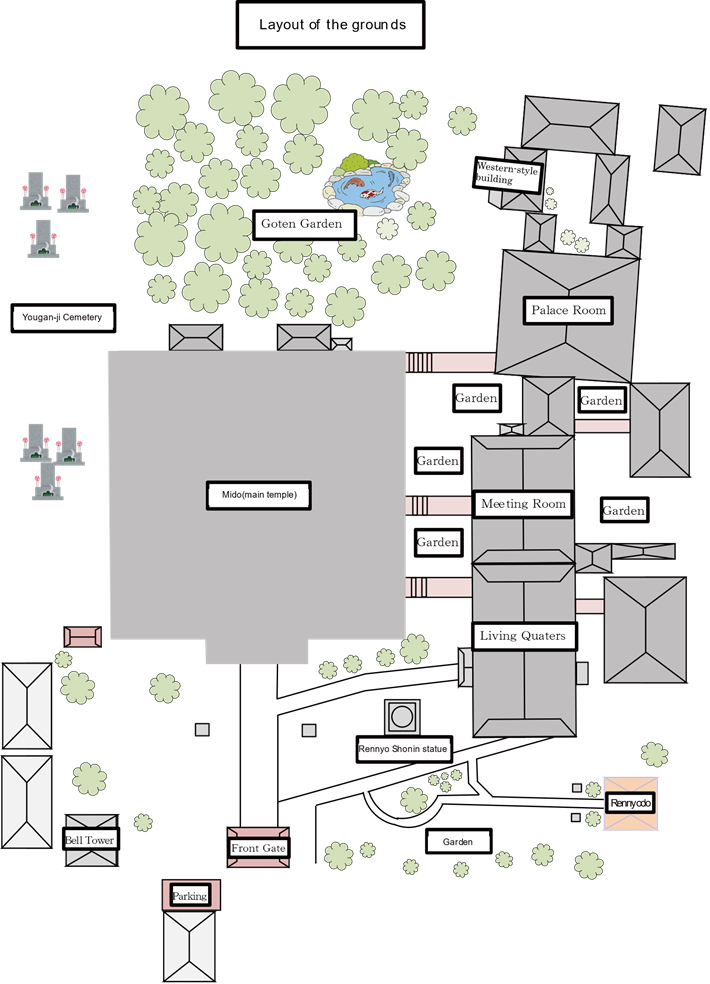
Access
Yōganji Temple can be accessed by train or car.
By train
Walk 10 minutes from Takefu Station on JR Hokuriku Line
By car
Get off at Takefu Exit on Hokuriku Highway and drive 15 minutes


